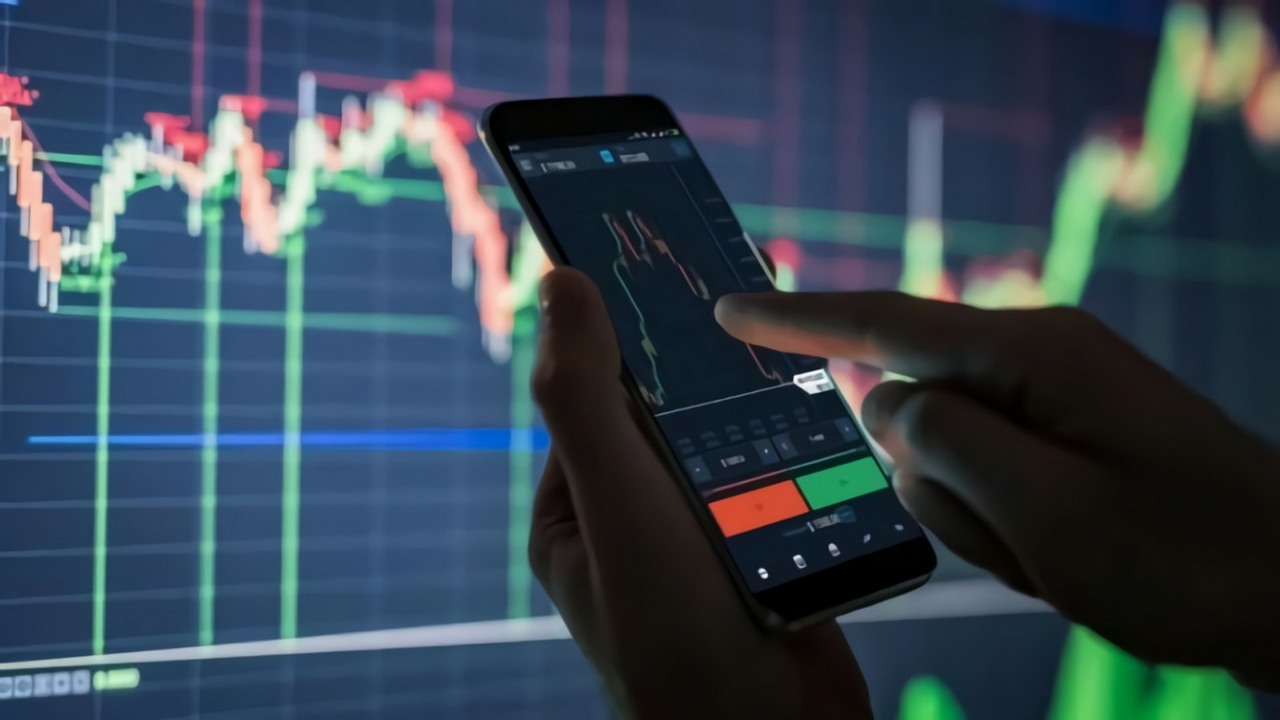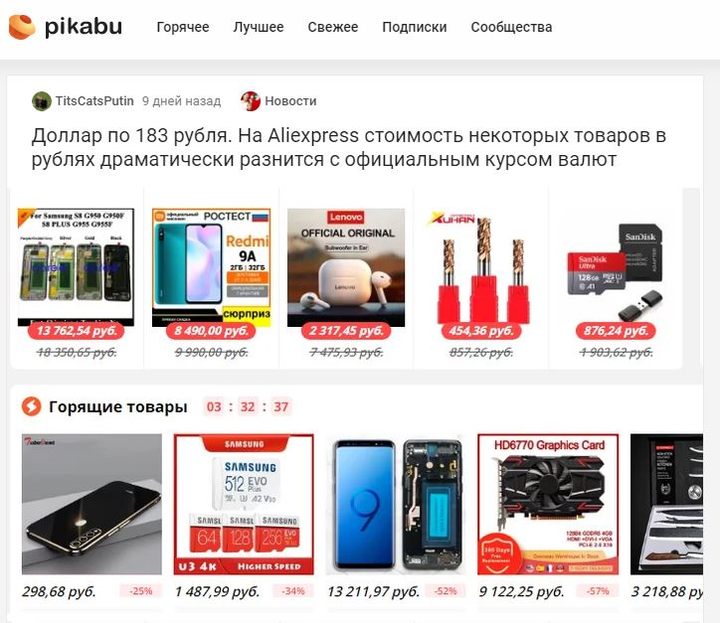Mobile Phones Up by 35%, Computers Up by 80%, Prices in Russia Soar
The ongoing war in Ukraine has a number of consequences. One of them is a drastic change in the Russian electronics market, where you can already see very serious problems for consumers.

Russian customers noticed the first serious price increases on February 24, the day of the invasion. UDM-Info reported that in Izhevsk, smartphones sold at stores have prices increased by 25-30 percent, while some PC models have a price increase by 60 percent. This, however, concerned only those shops that were operating on the day the war began - some of them were closed.
Today the situation seems to be getting worse. The new iPhone 13 with 512 GB of memory costs 148 990 rubles. With the official exchange rate, that would be 1 162, 12 USD. Although that price right now is lower than the official one - 1 299 USD - it doesn't change the fact that soon it will be probably higher.
Until February 28, in the same Russian store called re:Store, the same model costs 109,990 rubles. That's a 35 percent raise. The only iPhone model that didn't have a price increase was the iPhone 12 with 128 GB of memory. Why? Because it wasn't in the stock when the price increase happened. However, the phone is still not in stock, which may be a confirmation of the lack of supply of Apple devices to Russia.

It's not just smartphones that are getting more expensive. On March 17, ASTV.ru reported about price increases of Samsung TVs. The article lists two models. One went up by 46.3 percent, the other by 26.9 percent. The same source also focuses on increases in the prices of vacuum cleaners, but notes price reductions for some washing machines and refrigerators.
Huge price increases are also to be expected for PC components. A number of companies announced the termination of deliveries to Russia. Among them are AMD, Intel, Nvidia and TSMC. Taiwan, the main producer of computer components, has joined the international sanctions to limit trade with the Russian Federation.
Every month, Russian portal 3dnews.ru prepares an article focusing on a computer of the month. In January 2022, they prepared a basic set for the Russian customer. This was their choice and prices of components in Russian stores:
- CPU: Intel Core i3-10100F - 7,500 RUB (19,582 RUB after the increase)
- GPU: NVIDIA GeForce GTX 1650 - 29,500 RUB (43,596 RUB after the increase)
- Motherboard: ASUS PRIME H510M-K-5000 RUB (9 490 RUB after the increase)
- RAM: Crucial BL8G32C16U4B - 7 000 RUB (13 380 RUB after the increase)
- SSD: Kingston SNVS/500G - 4,500 RUB (8 797 RUB after the increase)
- Case: Eurocase MA02 - 2 000 RUB (5 600 RUB after the increase)
- Power supply: Cougar VTE 500, 500 W - 3,500 RUB (4,896 RUB after the increase)
- Total price: 59 000 rubles (105 311 RUB after the increase)
*Prices "after the increase" where taken from market.yandex.ru on March 17. Pre-increase prices come from 3dnews.ru on January 17.
As you can see, the price of this exemplary computer set went up by 78 percent. If we assume that the typical payout in Russia is 30 thousand rubles (the official average is higher), it means that instead of two full payouts, an average consumer would have to spend more than three.
Will this situation continue? It's probably going to get worse. The sanctions have only just been introduced. The initial increases were the result of a nervous anticipation of the problems that will come once the devices shortage actually happens.
Will China help?

Of course, the first thing coming to mind is - "China will help". In fact, China does not restrict trade with Russia for principled reasons, does not vote against Russia in the UN and does not join the sanctions. At the same time, certain unofficial sources claim that Chinese manufacturers such as Xiaomi, Oppo and Huawei will restrict the supply of devices to Russia. Why? Due to the decreasing price of ruble.
It is already clear that Chinese companies are seizing the opportunity. While the official rate of the central bank of Russia from March 17 for one dollar is 108 rubles, the prices on AliExpress are calculated according to the "custom" rate, which, for example, on March 8 was 183 rubles per dollar.
This shows a fairly obvious case - China can replace some of the goods, but the reduction of competition in the Russian market will certainly lead to a further increase in prices.
2

Author: Martin Strzyzewski
Began at Gamepressure in the Editorials department, later he became the head of the technology department, which included both news and publications, as well as the tvtech channel. He previously worked in many places, including the Onet portal. By education, a Russianist. He has been planning to return to diving for years, but for now he is mainly busy with a dog, a rabbit, and a YouTube channel where he talks about the countries of the former USSR.
Latest News
- End of remote work and 60 hours a week. Demo of Naughty Dog's new game was born amid a crunch atmosphere
- She's the new Lara Croft, but she still lives in fear. Trauma after Perfect Dark changed the actress' approach to the industry
- „A lot has become lost in translation.” Swen Vincke suggests that the scandal surrounding Divinity is a big misunderstanding
- Stuck in development limbo for years, ARK 2 is now planned for 2028
- Few people know about it, but it's an RPG mixing Dark Souls and NieR that has received excellent reviews on Steam, and its first DLC will be released soon

